Introduction: A Sea of Shared Stories
The Mediterranean, with its sapphire waves lapping against the shores of three continents—Europe, Africa, and Asia—has always been more than just a trade route. It’s a living, breathing canvas of civilizations, where cultures collide and coalesce in fascinating ways. Among the richest expressions of this fusion is architecture, especially in the contrasting yet interconnected regions of Malta and North Africa. Though separated by sea, these two locales share striking architectural parallels thanks to common climates, historical intersections, and cultural exchanges.
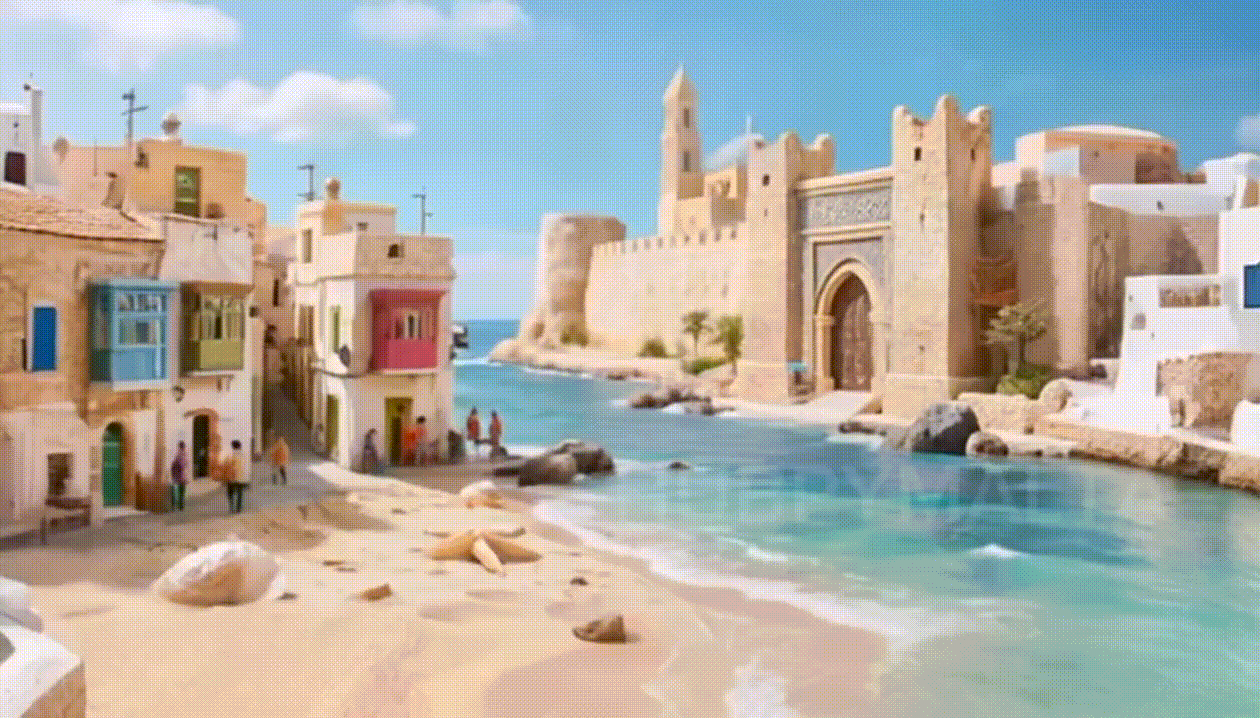
In this blog, we’ll dive deep into the structural soul of Malta and North Africa. From awe-inspiring religious edifices and everyday homes to enduring ancient ruins and defense fortifications, discover how architecture tells the story of a shared Mediterranean legacy.
Sacred Stones – Religious Architecture as a Testament of Time
Maltese Masterpieces – Baroque Glory Meets Prehistoric Genius
Malta’s religious architecture is a majestic blend of the ornate and the ancient. The island’s spiritual crown jewel, St. John’s Co-Cathedral in Valletta, is a 16th-century Baroque marvel commissioned by the Knights of St. John. Its gilded interiors, elaborate marble floors, and ceiling frescoes celebrate ecclesiastical grandeur.
Even older, and arguably more intriguing, are Malta’s prehistoric temples like Ħaġar Qim and Mnajdra, constructed between 3600 and 2500 BCE. Carved from native limestone, these megalithic structures stand as some of the earliest examples of free-standing architecture in the world—silent witnesses to the spiritual lives of Malta’s earliest inhabitants.
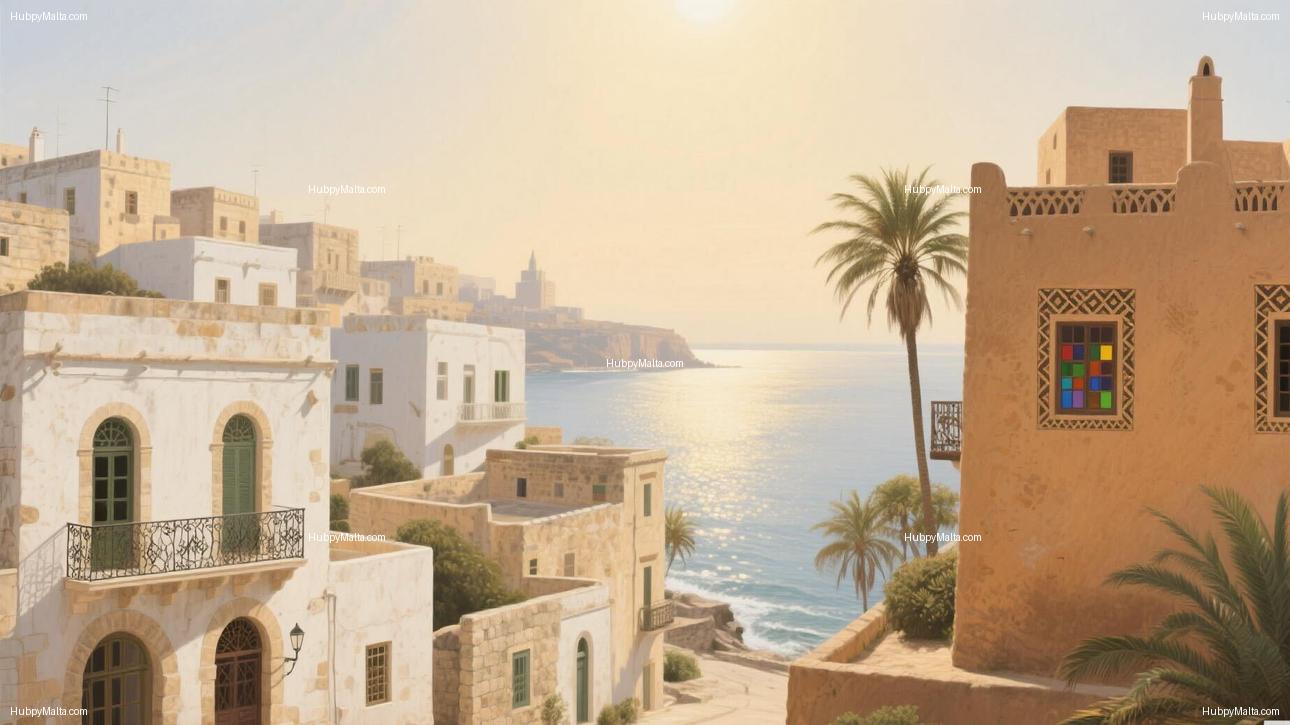
North Africa’s Spiritual Spectrum – From Minarets to Monoliths
North Africa, a cradle of ancient and Islamic civilizations, showcases a vastly different yet equally profound religious architectural tradition.
In Morocco, the Hassan II Mosque in Casablanca reigns supreme. With the world’s tallest minaret and a prayer hall that juts over the Atlantic Ocean, this modern Islamic wonder fuses Moorish tradition with 20th-century innovation.
In Tunisia, the Great Mosque of Kairouan, one of the oldest in the Islamic world, stands as a cornerstone of Islamic architecture with its iconic arches, domes, and expansive courtyards.
Further east in Egypt, structures like the Luxor and Karnak Temples epitomize ancient Egyptian religion. These complexes, replete with towering obelisks and colonnades, symbolize divine grandeur and timeless artistry.
Sacred Summary
- Malta: Baroque churches + prehistoric temples = European elegance + ancient ingenuity
- North Africa: Islamic mosques + pharaonic temples = cultural richness across time
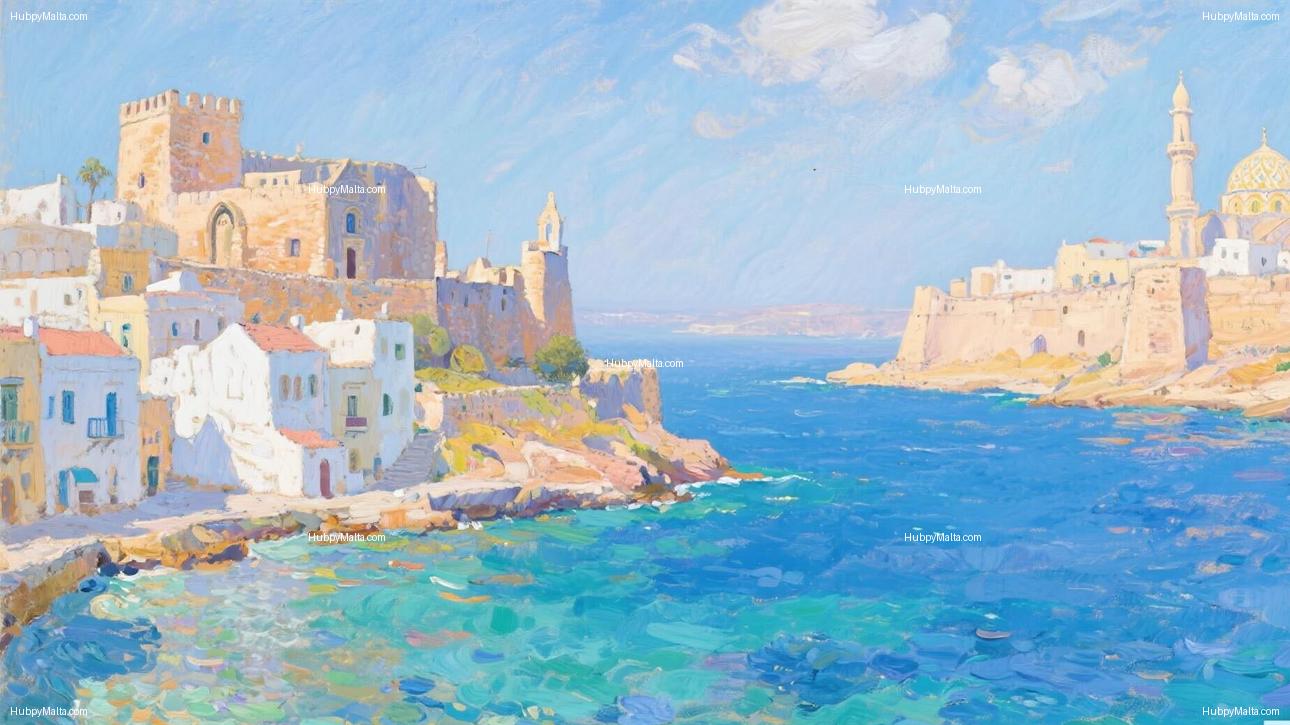
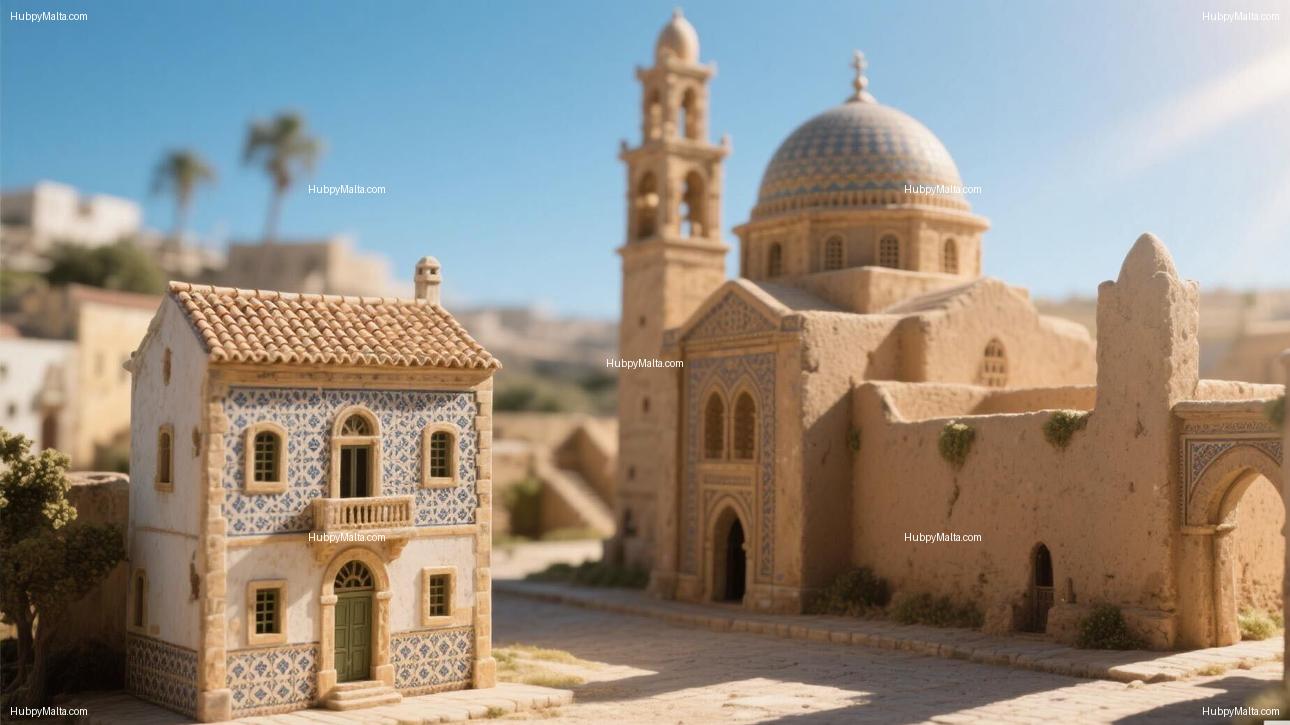
Living Spaces – Everyday Architecture with Regional Flavor
Malta’s Cozy Charm – Balconies and Limestone Walls
The residential architecture of Malta, especially in cities like Valletta and Mdina, is defined by limestone façades and the famous Gallarija—closed, colorful wooden balconies that protrude like watchful eyes over narrow streets. These balconies serve both aesthetic and practical purposes, shielding inhabitants from the sun while enhancing airflow.
Other features like high ceilings, thick stone walls, and tiled floors all respond cleverly to the Mediterranean climate, keeping interiors cool and inviting. Mdina’s tight alleys and densely packed homes create shady corridors that naturally lower the surrounding temperature.
North African Ingenuity – Courtyards and Cave Dwellings
North African homes reflect a rich blend of Islamic tradition and indigenous adaptation.
- Riads in Morocco are traditional houses centered around a courtyard—often with a fountain and lush greenery—that act as an oasis from the desert heat.
- In Tunisia, particularly in Matmata, residents carved homes directly into the earth, creating troglodyte dwellings. These subterranean homes maintain a consistent temperature year-round and are still in use today, famously featured in Star Wars.
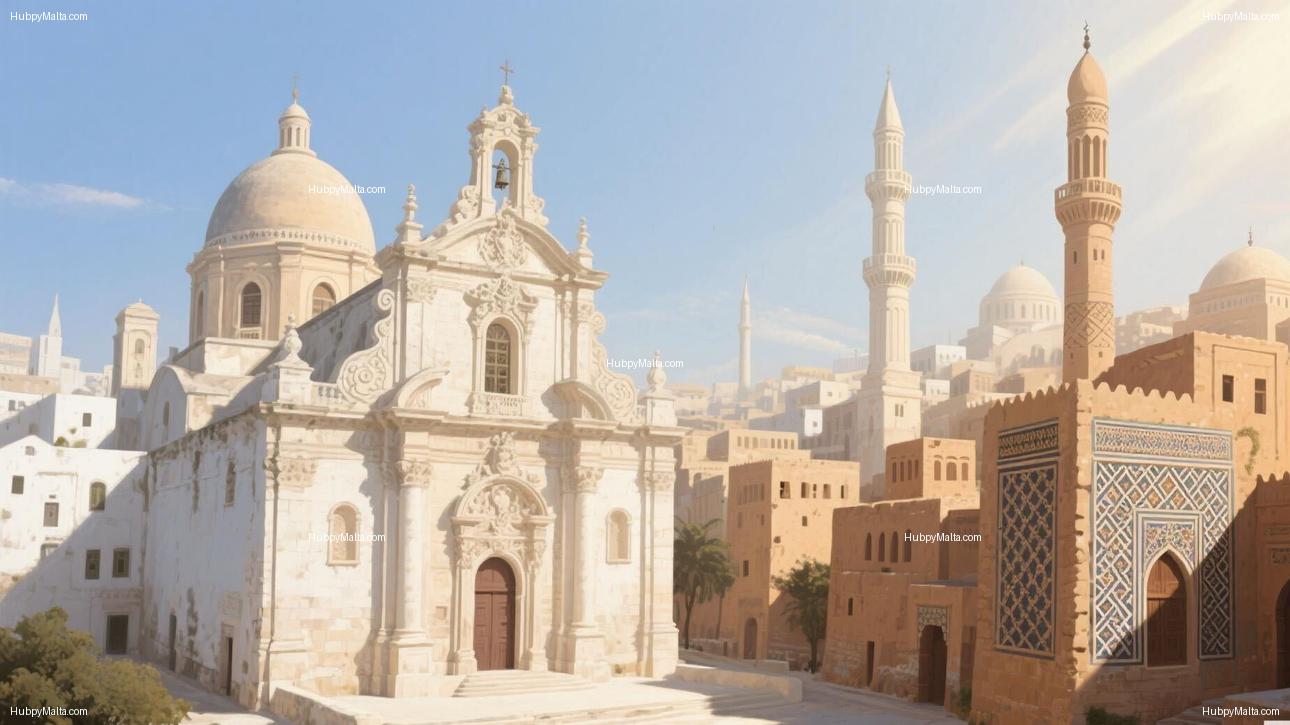
Homestyle Highlights
- Malta: Enclosed balconies + limestone homes = European-inspired coastal comfort
- North Africa: Central courtyards + underground dwellings = cultural adaptability + climate resilience
Stone Legacies – Fortifications and Ancient Remains
Malta’s Defensive DNA
Given its strategic location, Malta is riddled with military architecture. Valletta’s bastions, built by the Knights of St. John, and Mdina’s fortified cityscape are textbook examples of Renaissance military design. The Bronze Age “Tarxien Temples” and various tower fortresses further exhibit Malta’s long-standing commitment to defense.
North Africa’s Diverse Defenses
North Africa, too, boasts a variety of fortified structures shaped by its diverse rulers.
- The Kasbah of Algiers features labyrinthine streets and Ottoman-era ramparts.
- Moroccan medinas are often walled cities with complex defense systems.
- Egypt’s pyramids and the Sphinx, though primarily funerary and symbolic, exhibit monumental engineering meant to awe—and perhaps deter.
Fortress Findings
- Malta: European military logic in stone
- North Africa: Eclectic fortifications blending Islamic, Berber, and pharaonic influences
Bridging the Blue – A Mediterranean Dialogue
Malta and North Africa may lie on opposite shores, but their architectural narratives are harmoniously linked. Maltese buildings exude European influence, evident in their Baroque churches and knightly fortresses. North African structures, meanwhile, carry the whispers of the Sahara, the chants from mosques, and the echoes of ancient dynasties.
Together, they paint a portrait of the Mediterranean as a cultural bridge, not a barrier. On a cliff in Gozo, Malta, as the sun sets over the sea, one might imagine the silhouette of a Baroque dome and an Islamic minaret meeting in golden twilight—two architectural languages sharing one soulful conversation.
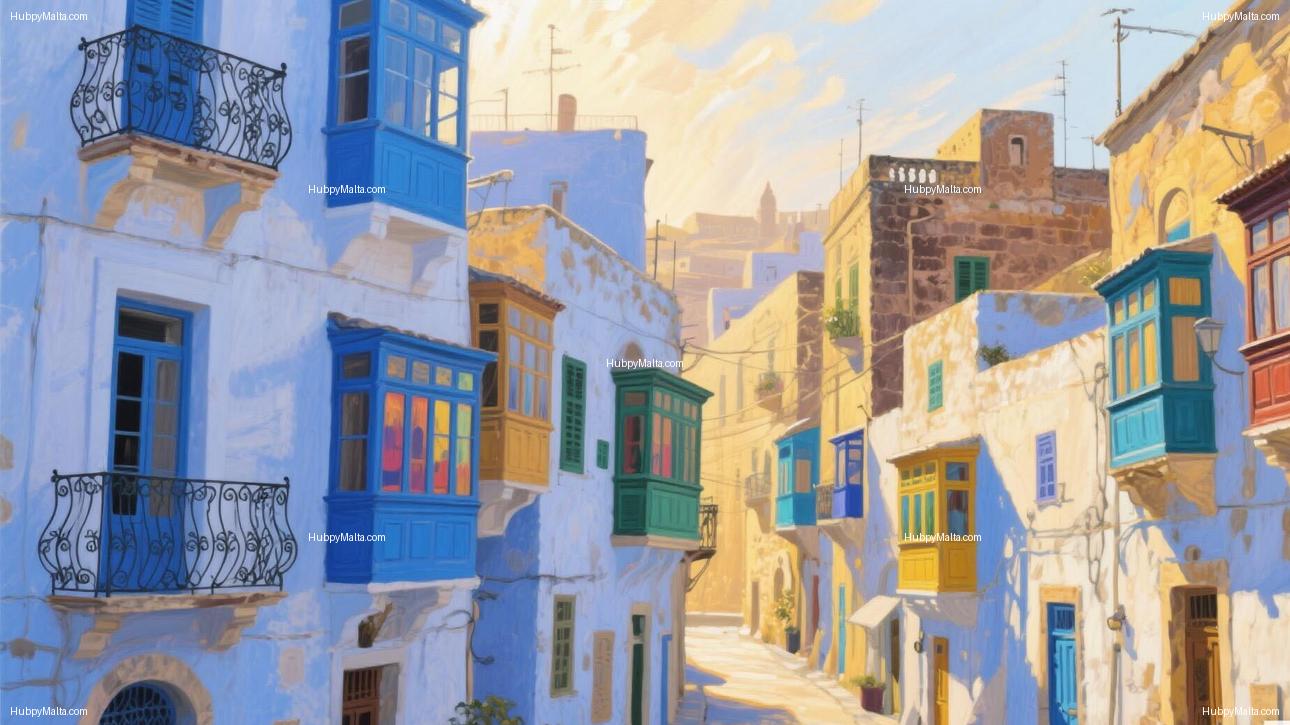
FAQs (English)
1. What are the main architectural differences between Malta and North Africa?
Malta leans toward European styles, especially Baroque, while North Africa features Islamic, Berber, and pharaonic influences.
2. What materials are commonly used in Maltese and North African buildings?
Maltese buildings mainly use limestone; North African ones often employ marble, adobe, and stone, depending on the region.
3. Are there any prehistoric structures in both regions?
Yes. Malta has megalithic temples like Ħaġar Qim, while North Africa boasts ancient Egyptian temples like Karnak.
4. What is a Riad, and how does it function?
A Riad is a Moroccan home built around a central courtyard to promote ventilation and coolness in hot climates.
5. Can I visit these architectural landmarks as a tourist?
Absolutely. Both Malta and North African countries like Morocco, Tunisia, and Egypt are open to cultural tourism and offer guided tours.



